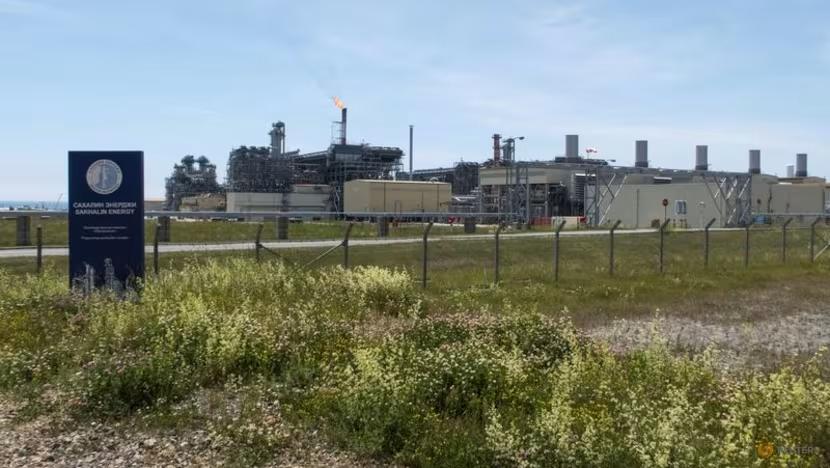
Japan's Dependency on Russian LNG Nears End
As Japan's long-term contracts for liquefied natural gas (LNG) from Russia's Sakhalin-2 project approach expiration, alternative suppliers are positioning themselves to fill the supply gap. This shift comes amid Tokyo's broader push towards cleaner energy and declining domestic demand for gas.
Geopolitical and Economic Pressures
Japan, the world's second-largest LNG buyer, currently relies on Russia for 9% of its LNG needs, with 6 million metric tons annually, 5 million of which are supplied by Sakhalin-2. However, geopolitical pressures and the desire to reduce reliance on Russian energy sources suggest that Japanese buyers may not renew all of their contracts with Gazprom, the project's operator.
Rival Suppliers Eye the Opportunity
In response to Russia's invasion of Ukraine and the resulting sanctions, Japanese buyers have increased their reliance on allies such as the United States and Australia for LNG supplies. New projects in Alaska and western Canada are emerging as attractive alternatives, offering similar delivery times to Sakhalin-2 but with reduced geopolitical risk.
Sakhalin-2's Future Uncertain
Despite Sakhalin-2's strategic importance to Japan's energy security, the project's main gas field, Lunskoye, is nearing depletion, with stable production expected only until 2033. Gazprom's efforts to develop the nearby Yuzhno-Kirinshoe field have been hindered by U.S. sanctions, further clouding the project's future.
Balancing Energy Security and Economic Considerations
While Japan has secured LNG supply to meet demand through 2030, the early 2030s could see a potential shortage. This uncertainty, coupled with the need to balance energy security with economic considerations, will influence Japanese utilities' decisions on whether to renew their Sakhalin-2 contracts.









Comments